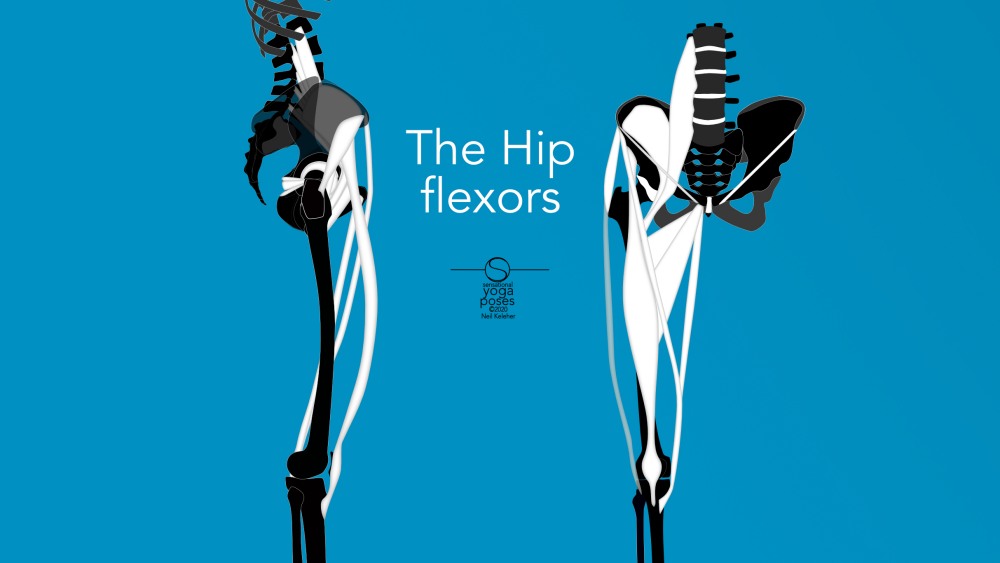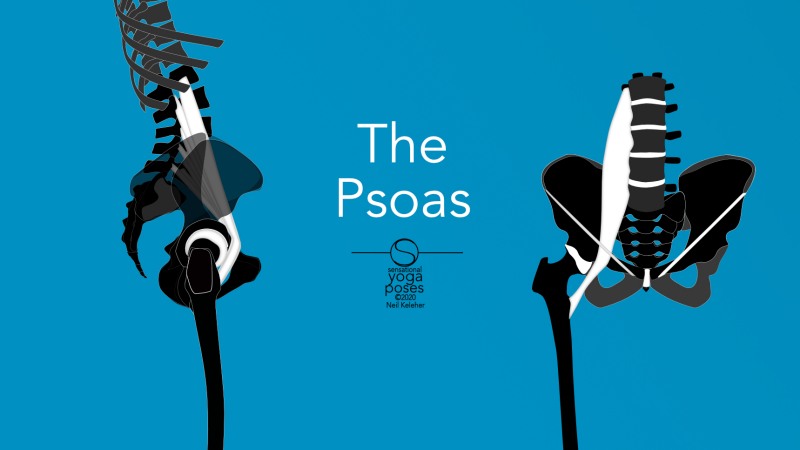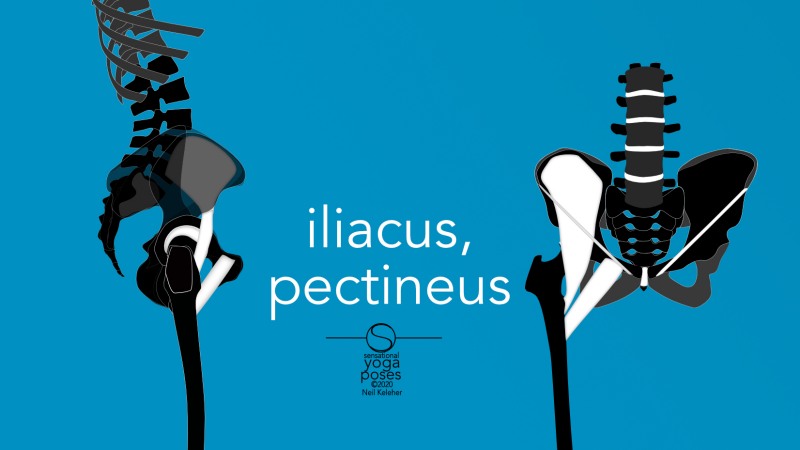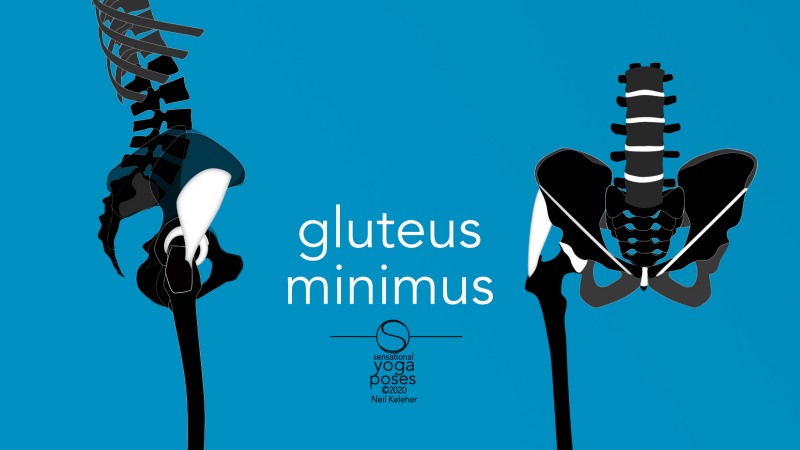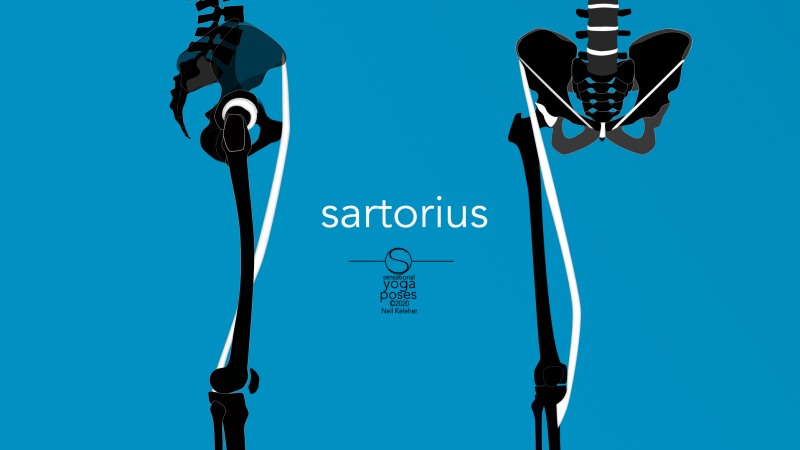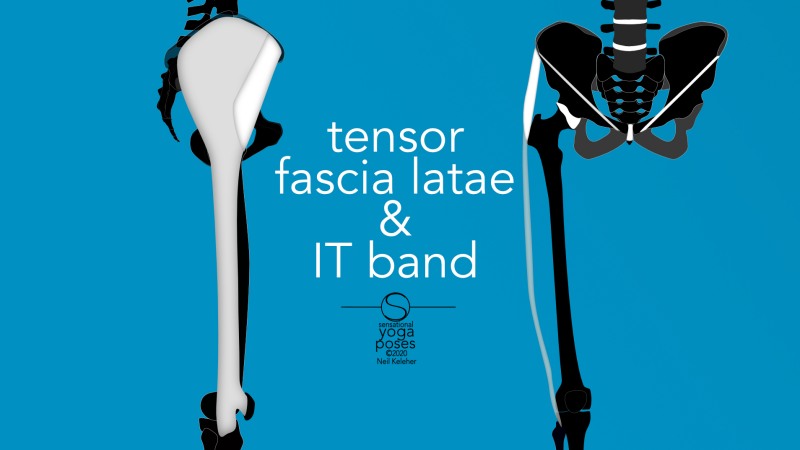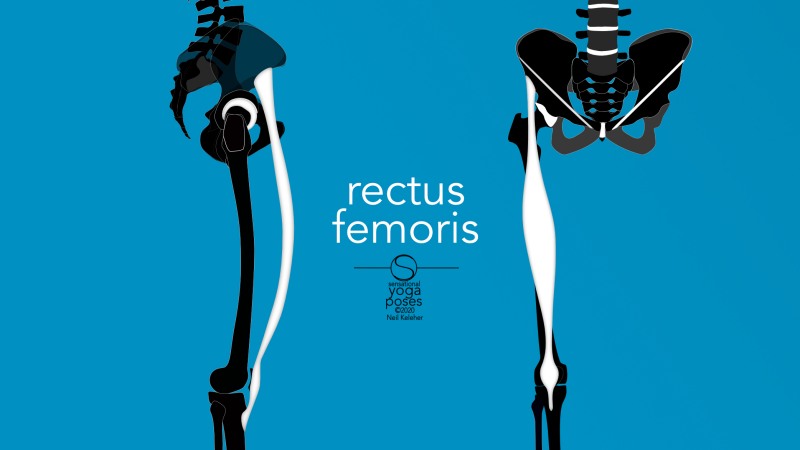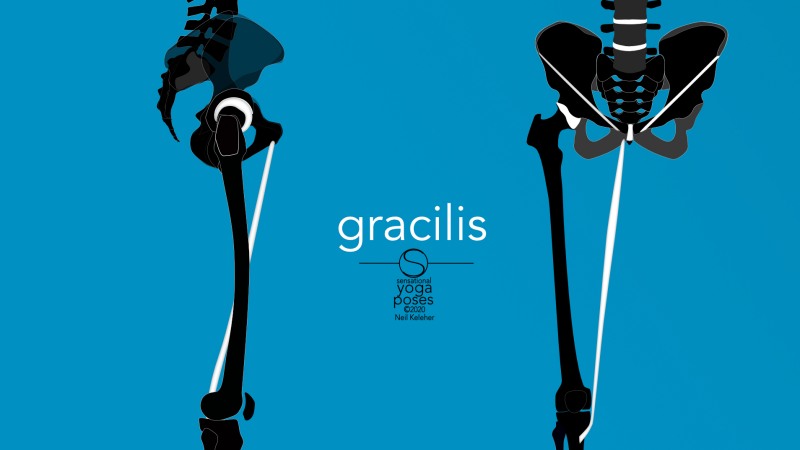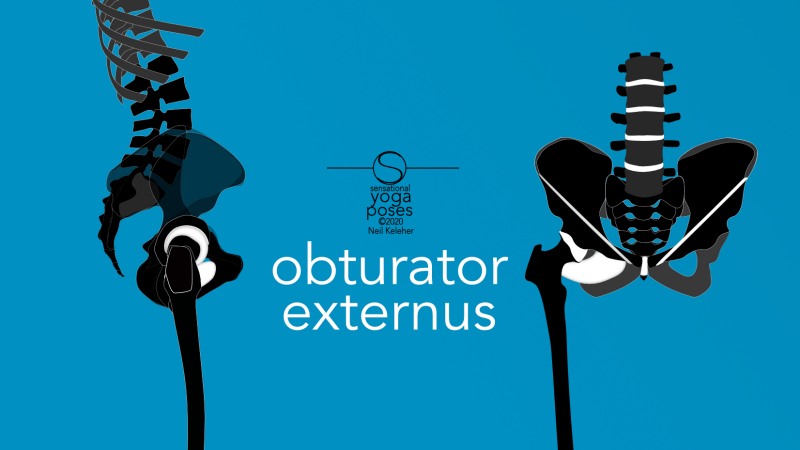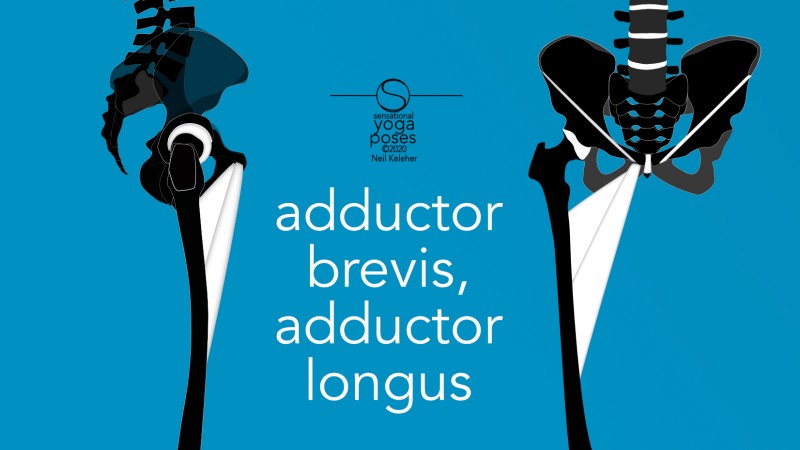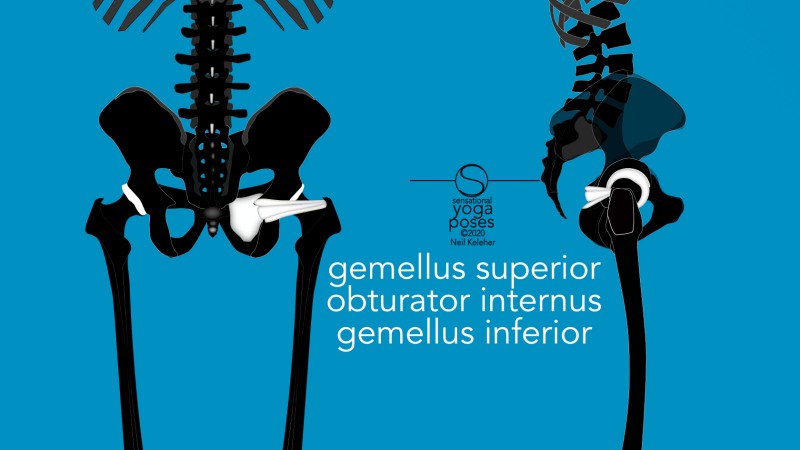Of all the hip flexors, The Psoas is the only one that attaches to the lumbar spine.
Also noteworthy is that of the hip flexors, the psoas is the only one that doesn't have direct attachments to the hip bone, though it does wrap around the hip bone and can exert a push on it relative to the lumbar spine and thigh bones.
Starting from the inner aspect of the innominate bone (the hip bone), hip flexors that share a similiar path to the psoas include the iliacus which attaches to the inner surface of the hip bones and the pectineus which attaches to the front lip of the hip bone.
Note that both the psoas and iliacus cross the front of the hip bone prior to reaching back and down to attach to the inner surface of the femur, at the greater trochanter, a bump of bone just below the neck of the femur.
Meanwhile, the pectineus originates at the front lip of the hip bone, at or near where the psoas and iliacus both fold around hip bone.
As with those two muscles, pectineus connects to the femur not at the lesser trochanter, but just below it.
Because of this "folding" around the front of the hip bone (or because an attachment to this part of the hip bone), these muscles can create a rearwards push on the hip bone at this point. Because the portion of hip bone at which these muscles attach or fold around is between the pubic bone and ASICs, you could think of these muscles pushing back on both of these reference points, or at the very least, on the pubic bone.
While the iliacus does bend around the front lip of the hip bone, it's attachment to the inner surface of the hip bone all the way up to the crest, shows that it can create a downwards pull on the ASIC (as well as a rearwards pull at or near the pubic bone).
The gluteus minimus could be viewed as having a similiar line of pull to the iliacus but instead of attaching to the inside of the innominate bone, it attaches to the outside of it. The gluteus minimus attaches towards the front of the outside of the hip bone and from there passes slightly rearwards and downwards to attach to the external surface of the greater trochanter.
Like the iliacus, the gluteus minimus can create a downwards pull on the hip bone near the ASIC.
Sartorius, tensor fascia latae and rectus femoris are the multi joint or long hip flexor muscles that attach at or near the ASICs and from there attach to the tibia, directly or indirectly.
Sartorius and tensor fascia latae both attach directly to the tibia and attach respective to the inside and outside of the top of the tibia.
Rectus femoris attaches just below the ASIC and attaches to the front of the tibia via the knee cap.
Note that as well as flexing the hip, the rectus femoris can help in straightening the knee (or resisting it being bent) while tensor fascia latae and sartorius can rotate the shin, or resist it being rotated.
Like the previous grouping of muscles (tensor fascia latae, rectus femoris and sartorius), the gracilis is a multijoint hip flexor. It works on both the hip joint and the knee joint.
It attaches near the pubic bone and from there attaches to the inner surface of the top of the tibia, along with the sartorius.
When activated, it can create a line of pull on the pubic bone that is directed downwards and slightly rearwards.
The pectineus attaches to the front lip of the hip bone, near where the iliacus and psoas bend around it, before reaching back and down to attach to the femur just below the lesser trochanter.
When active, it tends to create a rearwards pull on the pubic bone.
Note that a muscle that can act in a similiar way to the the pectineus, (particularly when the hips are already bent forwards) is obturator externus.
Obturator externus attaches to the connective tissue covering the obturator foramen as well as the rim of bone surrounding it.
The obturator foramen is the hole at the bottom of the hip bone positioned below the hip socket.
From here, the obturator externus passes rearwards and then upwards, wrapping slighly around the neck of the femur befor attaching to the inner surface of the greater trochanter. Though it doesn't attach to the pubic bone, it's line of pull can cause the pubic bone to move rearwards when the muscle is active.
One way of looking at it is that as the hip joint is bent forwards, the obturator externus can continue to create the lines of pull as the effectiveness, due to positioning, of the other muscles, drops of.
Adductor brevis and adductor longus can also help in flexing the hip. Both of these muscles along with the front portion of the adductor magnus attach to the innominate near the pubic bone.
The other end of these muscles attach along the back edge of the femur.
Because of these points of attachment near the pubic bone, these adductors can activate to create a downwards, as well as a rearwards pull, on the pubic bone.
Read more about the adductors and inner thigh muscles.
The Obturator internus and the two gemellus muscles attach above the sitting bones, or as is the case with the obturator internus, wrap around the pelvis near this point. All of these muscles reach forwards and upwards ot attach to the inner aspect of the greater trochanter.
They help to flex the hip by creating an upwards pull on or near the sitting bones.
You can read more about the single joint hip flexor muscles (including the iliacus and pectineus) in: Single joint hip flexors
For more on the multi-joint long hip flexors, those that attach to the ASICs and also act on the knee, check out Long hip flexor muscles.
For a look at why certain hip flexors may be tight and how you can alleviate that, read hip flexor stretching and strengthening.
For a set of hip flexor stretches that includes both straight knee and bent knee hip flexor stretches for working towards front to back splits, check out hip flexor stretches.
To strengthen the hip flexors with the hip flexed or extended check out hip flexor strengthening exercises.
For a focus on the sartorius muscle and how to stretch it, check out sartorius stretch warrior 1.
For a focus on the rectus femoris it helps to stretch the hip flexors with the knee bent. That includes a stretch called couch stretch. It also includes a whole series of what I used to call quadriceps stretches but now call bent knee hip flexor stretches.
Note that the yoga pose called reclining half hero can also be used as a bent knee hip flexor (or "quad") stretch. Read more about it here: reclining half hero
If you get pain near the front of the hip (near the ASIC) while walking, it could be a hip flexor problem, or more precisely a problem with hip flexor anchoring. To find out more about this type of problem check out hip flexor pain while walking.
